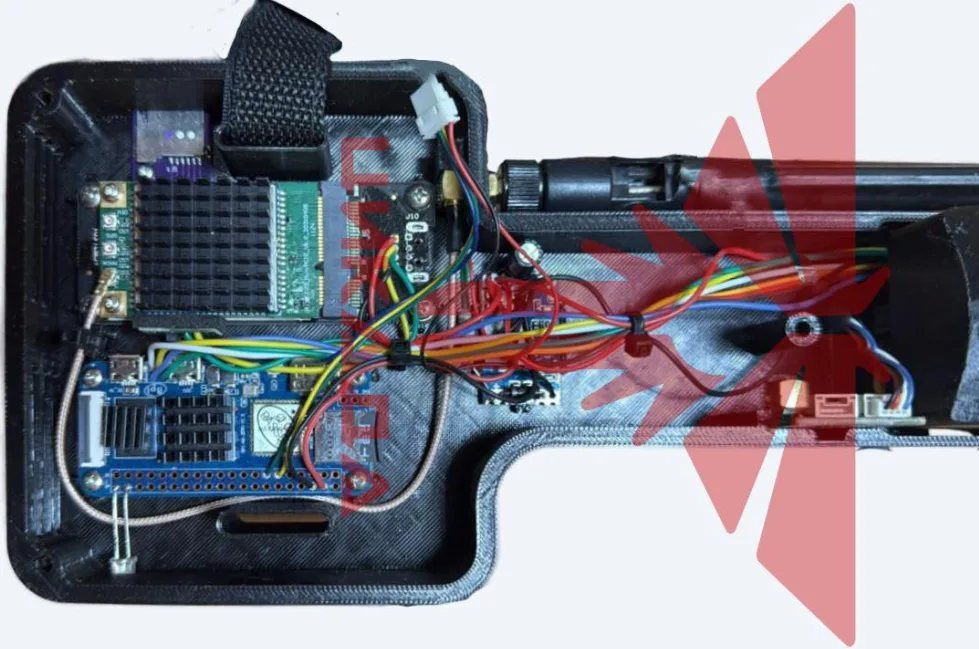Tens of miniature FPV drones have decimated the strategic aviation of Russia – you have probably all read about it. But do you know what hardware was inside those FPV drones? Orange Pi Zero 2W found its application in these drones.
Short recap: The Ukrainian secret service SBU planned an operation that will be written into history. Using containers on trucks, they transported dozens of small FPV drones with explosives from Ukraine to Russia. At strategic airports in Russia, the containers opened, and the concealed FPV drones flew out. They subsequently destroyed or damaged dozens of strategic aircraft worth billions of US dollars – the value is difficult to quantify when there is no possibility to produce new planes – the loss is thus irreplaceable.
Thanks to leaked information, we know what hardware was used in these small FPV drones (First Person View).
Various media reported that the main board-computer controlling the FPV drone was a Raspberry Pi single-board computer. However, from available information from people working with the drone hardware itself, we received different information. The single-board computer used was Orange Pi Zero 2W.
Communication with the operator took place via Russian mobile networks – the module used was Quectel EC20 Mini PCIe.

The aforementioned Orange Pi Zero 2W, which acted as an intermediary between the LTE module and the ArduPilot control system.
ArduPilot is an open-source and highly versatile autopilot software for controlling unmanned vehicles of various types, including drones, helicopters, boats, submarines, rovers, and more. This software allows for fully autonomous, semi-autonomous, and manual vehicle control and has been developed by a large community of professionals and enthusiasts since 2009.
This operation represents a significant milestone in the realm of asymmetric warfare and demonstrates how a combination of commercially available technologies, innovative logistics, and precise planning can achieve a strategic impact on the opponent.
And all it took was a single-board computer costing $15, a battery, motors, an LTE module, and some junk around.

The information for this article was sourced from the Twitter/X profile VozimDrony, which has been building drones for a long time and supports the Ukrainian army.
What did the 🇷🇺 Russians find in the drones from yesterday’s “show”?
— Vozím drony na Ukrajinu 🇨🇿 🇺🇦 (@VozimDrony) June 2, 2025
🇷🇺 A brief summary of the components used in the downed drones that landed deep in Russian territory during the last attack.
1. Control via mobile networks
The aircraft were controlled using a regular civilian mobile network – no… pic.twitter.com/31ADRuHrnF


